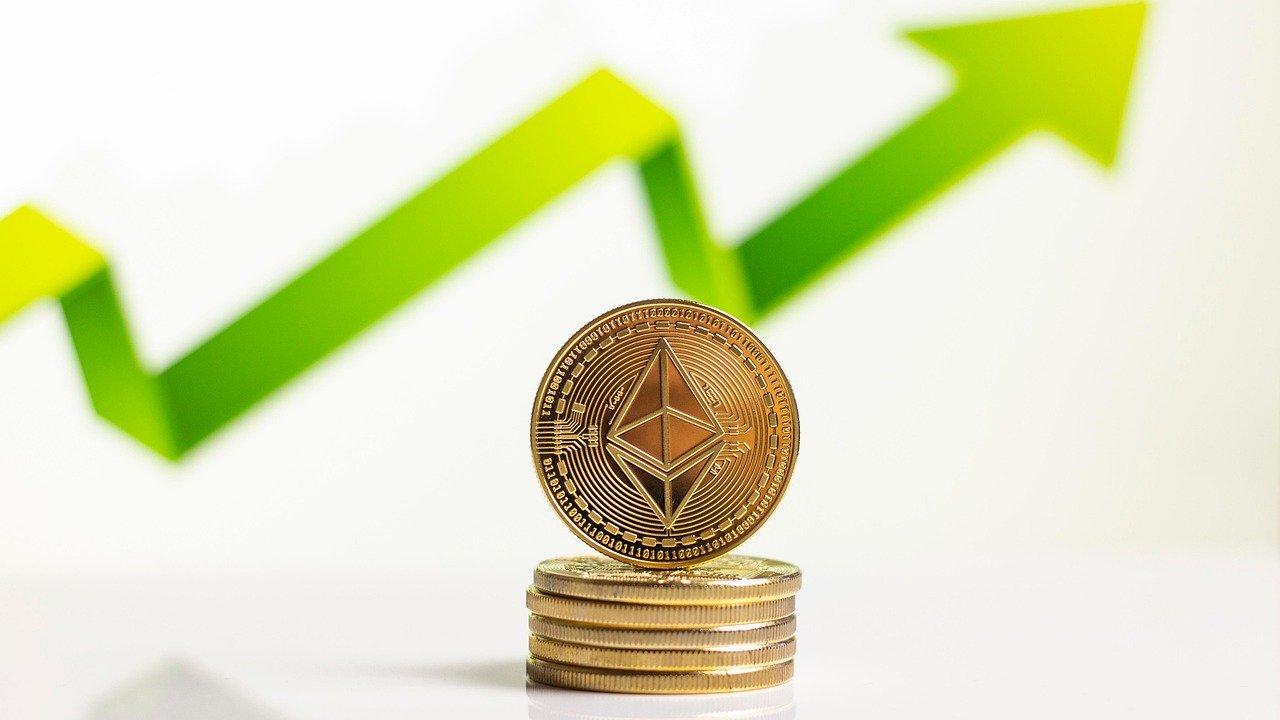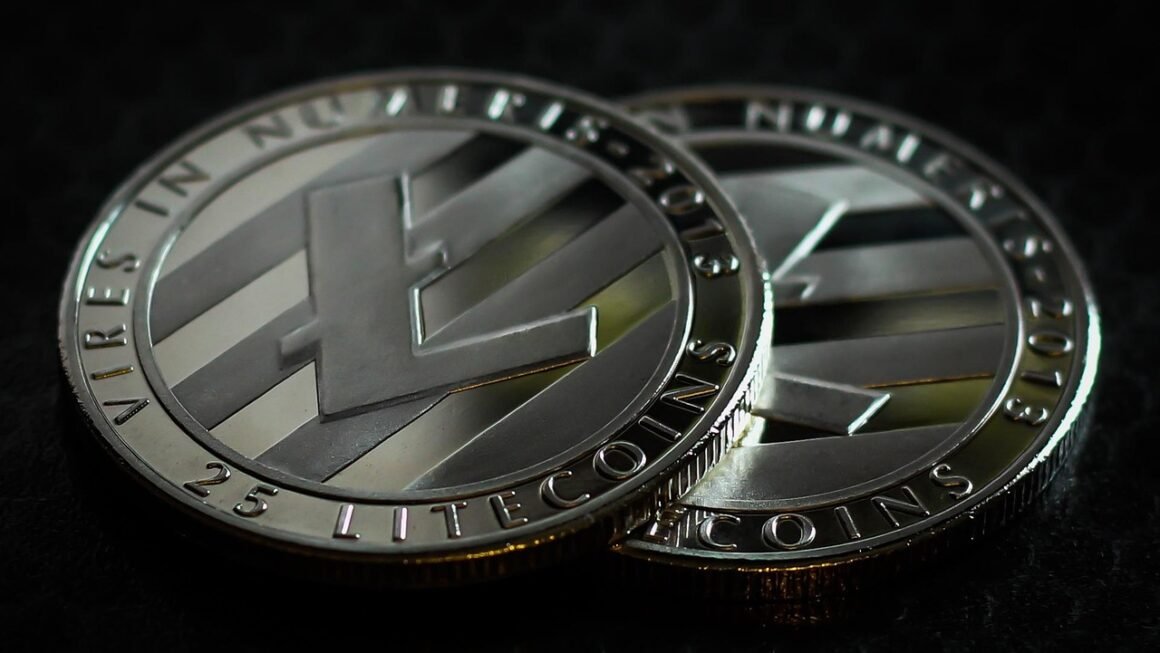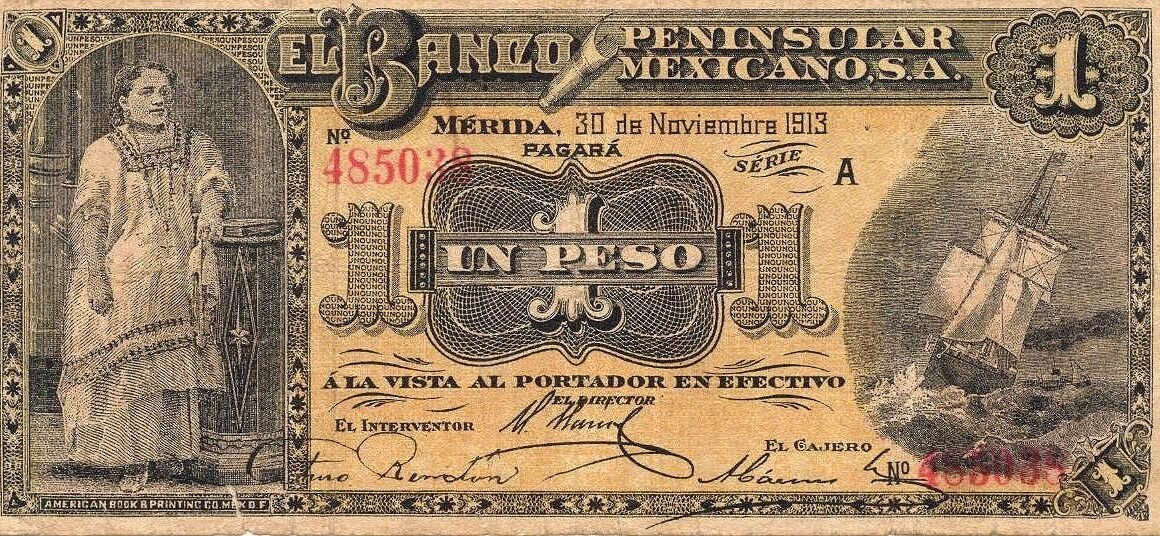Inflation. That single word can send shivers down the spines of economists and consumers alike. It’s the silent force that erodes the purchasing power of your hard-earned money, making everyday goods and services more expensive. Understanding what inflation is, what causes it, and how it impacts you is crucial for making informed financial decisions. This blog post aims to demystify inflation, providing you with a comprehensive overview of this vital economic concept.
What is Inflation?
Definition and Explanation
Inflation, in its simplest form, is the rate at which the general level of prices for goods and services is rising, and consequently, the purchasing power of currency is falling. It’s usually expressed as a percentage increase over a specific period, typically a year. A little bit of inflation is often considered healthy for an economy, encouraging spending and investment. However, excessive inflation can destabilize an economy and create significant financial hardship for individuals.
Measuring Inflation: CPI and PPI
There are several ways to measure inflation, but the two most common are:
- Consumer Price Index (CPI): This measures the average change over time in the prices paid by urban consumers for a basket of consumer goods and services. It’s a widely used indicator of inflation and is often quoted in news reports. Think of it as a snapshot of what typical households are spending money on. For example, the CPI includes items like food, housing, transportation, medical care, and recreation.
- Producer Price Index (PPI): This measures the average change over time in the selling prices received by domestic producers for their output. It’s considered a leading indicator of inflation because increases in producer prices often get passed on to consumers. The PPI looks at prices from the perspective of businesses.
Types of Inflation
Inflation isn’t a monolithic phenomenon. It comes in different forms, each with its own underlying causes:
- Demand-Pull Inflation: This occurs when there is too much money chasing too few goods. Increased demand outstrips the available supply, leading to rising prices. Imagine a sudden surge in demand for the latest smartphone, but the manufacturer can’t keep up. Prices will inevitably rise.
- Cost-Push Inflation: This happens when the costs of production increase, forcing businesses to raise prices to maintain profitability. Examples include rising energy prices, increased wages, or supply chain disruptions. Consider what happens when oil prices surge; transportation costs increase, and those costs are passed along to consumers in the form of higher prices for goods and services.
- Built-In Inflation: This is a type of inflation that is expected to continue in the future as a result of past inflation. It is often driven by wage-price spirals, where workers demand higher wages to offset rising prices, which then leads to businesses raising prices further, perpetuating the cycle.
What Causes Inflation?
Monetary Policy
Monetary policy, controlled by central banks like the Federal Reserve in the United States, plays a significant role in influencing inflation.
- Interest Rates: Lowering interest rates makes borrowing cheaper, encouraging spending and investment, which can lead to increased demand and potentially higher inflation. Conversely, raising interest rates makes borrowing more expensive, slowing down economic activity and potentially curbing inflation.
- Money Supply: Increasing the money supply (printing more money) can lead to inflation if the increase in money supply exceeds the growth in the economy’s productive capacity. Too much money chasing the same amount of goods and services results in prices going up.
Fiscal Policy
Fiscal policy, which involves government spending and taxation, also impacts inflation.
- Government Spending: Increased government spending, particularly if it’s not offset by increased tax revenue, can boost demand and contribute to inflation. Large stimulus packages can be examples of this.
- Taxation: Lowering taxes can increase disposable income, leading to higher consumer spending and potential inflationary pressures.
Supply Chain Disruptions
Global events and disruptions to supply chains can significantly contribute to cost-push inflation.
- Examples: Pandemics, natural disasters, and geopolitical conflicts can disrupt the production and distribution of goods and services, leading to shortages and higher prices. The recent COVID-19 pandemic demonstrated the impact of supply chain bottlenecks on inflation, with disruptions in manufacturing, shipping, and labor availability.
The Impact of Inflation on Individuals and Businesses
Impact on Individuals
Inflation can have a significant impact on individuals’ financial well-being.
- Erosion of Purchasing Power: Inflation reduces the purchasing power of money, meaning you can buy less with the same amount of money. Imagine a loaf of bread costing $3 today, but with 5% inflation, it will cost $3.15 next year.
- Impact on Savings: Inflation can erode the real value of savings if the rate of inflation is higher than the interest rate earned on savings accounts or other investments.
- Impact on Debt: Inflation can benefit borrowers with fixed-rate loans because the real value of their debt decreases over time. However, it can hurt lenders.
Impact on Businesses
Inflation also affects businesses in various ways.
- Increased Costs: Businesses face higher costs for raw materials, labor, and transportation, which can squeeze profit margins.
- Pricing Strategies: Businesses must adjust their pricing strategies to account for inflation, which can be challenging in competitive markets. Raising prices too much can drive away customers, while not raising prices enough can erode profitability.
- Investment Decisions: Inflation can make investment decisions more complex, as businesses need to consider the impact of inflation on future costs and revenues.
Strategies to Mitigate the Effects of Inflation
For Individuals
- Invest in Inflation-Protected Securities: Treasury Inflation-Protected Securities (TIPS) are designed to protect investors from inflation by adjusting their principal based on changes in the CPI.
- Consider Investing in Real Assets: Real assets, such as real estate, commodities, and precious metals, tend to hold their value during inflationary periods.
- Negotiate Salary Increases: Regularly negotiate salary increases to keep pace with inflation and maintain your purchasing power.
- Budgeting and Expense Tracking: Carefully track your expenses and create a budget to identify areas where you can cut back spending.
For Businesses
- Optimize Supply Chains: Diversify suppliers and strengthen supply chain resilience to mitigate the impact of disruptions.
- Improve Efficiency: Reduce costs by improving operational efficiency and streamlining processes.
- Implement Dynamic Pricing Strategies: Use dynamic pricing strategies to adjust prices based on changes in demand and costs.
- Invest in Technology: Invest in technology to automate tasks, reduce labor costs, and improve productivity.
Conclusion
Inflation is a complex economic phenomenon that affects everyone. Understanding its causes, impacts, and strategies for mitigation is crucial for making informed financial decisions, both for individuals and businesses. By staying informed and taking proactive steps, you can protect your financial well-being in an inflationary environment. Stay tuned to economic indicators, monitor price changes, and adapt your financial strategies accordingly.



